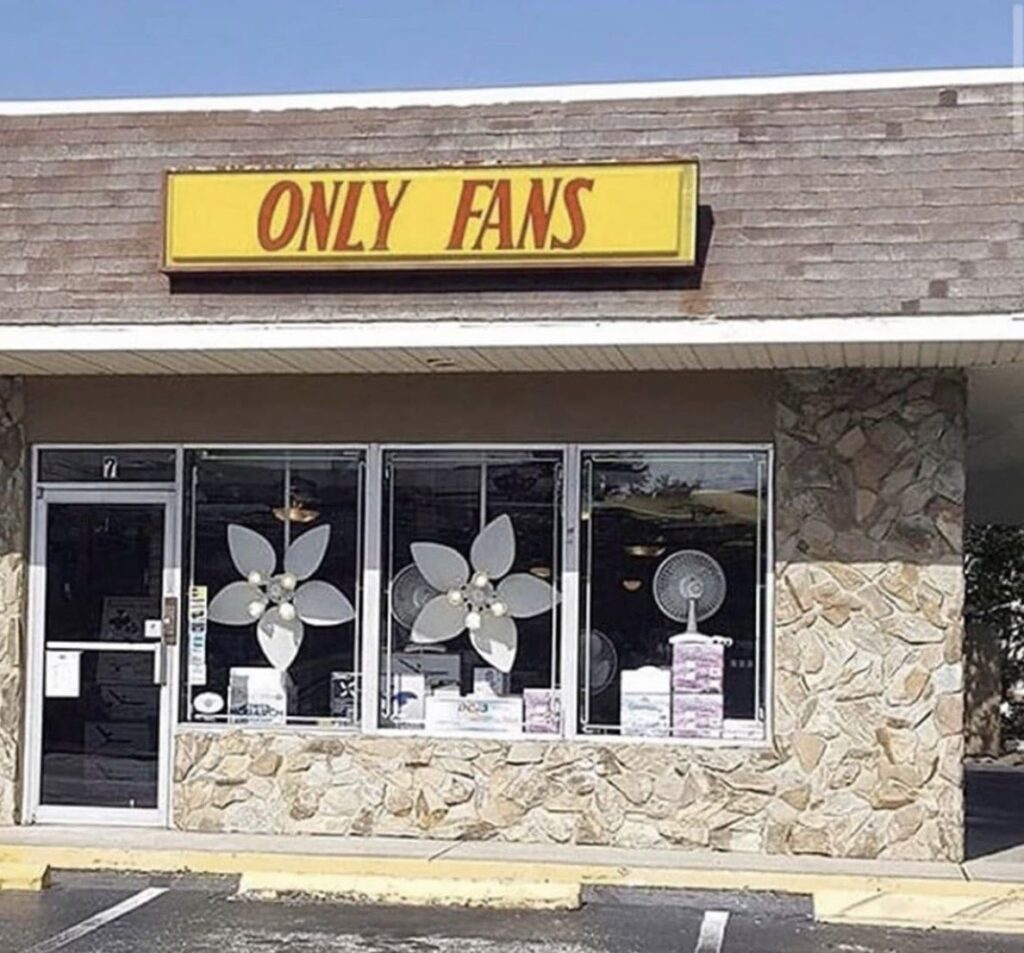Hey there dear readers! How was your Halloween? Did you put on the costumes and do the trick or treating?
Your humble blogger took his lovely children door to door trick or treating. The sad thing is, of course, the futility of it all. Every family in my neighborhood went to Costco and bought the same bag of candy, and, of course, all our respective children collected each others’ candy. The end result? I have the same candy I put out in front of my house.
Anywho, as spooky and scary as Halloween can be for the kids, California celebrates Halloween every day when it comes to terrifying its poor, wretched, disenfranchised employers.
Not only is there no way to opt out of the workers’ compensation system, which, in California, so effortlessly delivers benefits to vendors, attorneys, treaters, and lien claimants, but also when trying to obtain said necessary insurance, employers can also fall prey to fraud.
Your humble blogger doesn’t like to name names absent convictions, as accusations are so easy to make and so hard to prove. Your humble blogger has been accused of the world’s most handsome man in a bow tie, although the charges are yet to stick. So, an insurance agent has been accused of pocketing insurance premiums and producing false certificates of insurance for businesses.
What happens when an employer with one of those dummy policies has a claim brought against it before the WCAB? While this might be good cause to avoid the criminal penalties and sanctions, the WCAB is not going to force any insurance company to pick up coverage. In California, this isn’t throwing an employer into the water without a life jacket… this is throwing an employer out of a plane without a parashoot.
What can employers do to combat the sort of fraud as is alleged in the linked story? Well, for one thing, you can always check on coverage by doing an information WC Coverage Inquiry here. Upon receiving the insurance certificate, employers should also verify coverage by reaching out directly to the insurance company listed on the policy to verify the policy number and locations covered.
So you see dear readers? If you’re an employer in California, it’s Halloween all year round and it’s never “treat,” just “trick” or “horribly crippling costs driving you towards bankruptcy or to leave the state.”
In other words, dear readers, your humble blogger suggests that you keep on the sunny side of life!
Till Friday…


